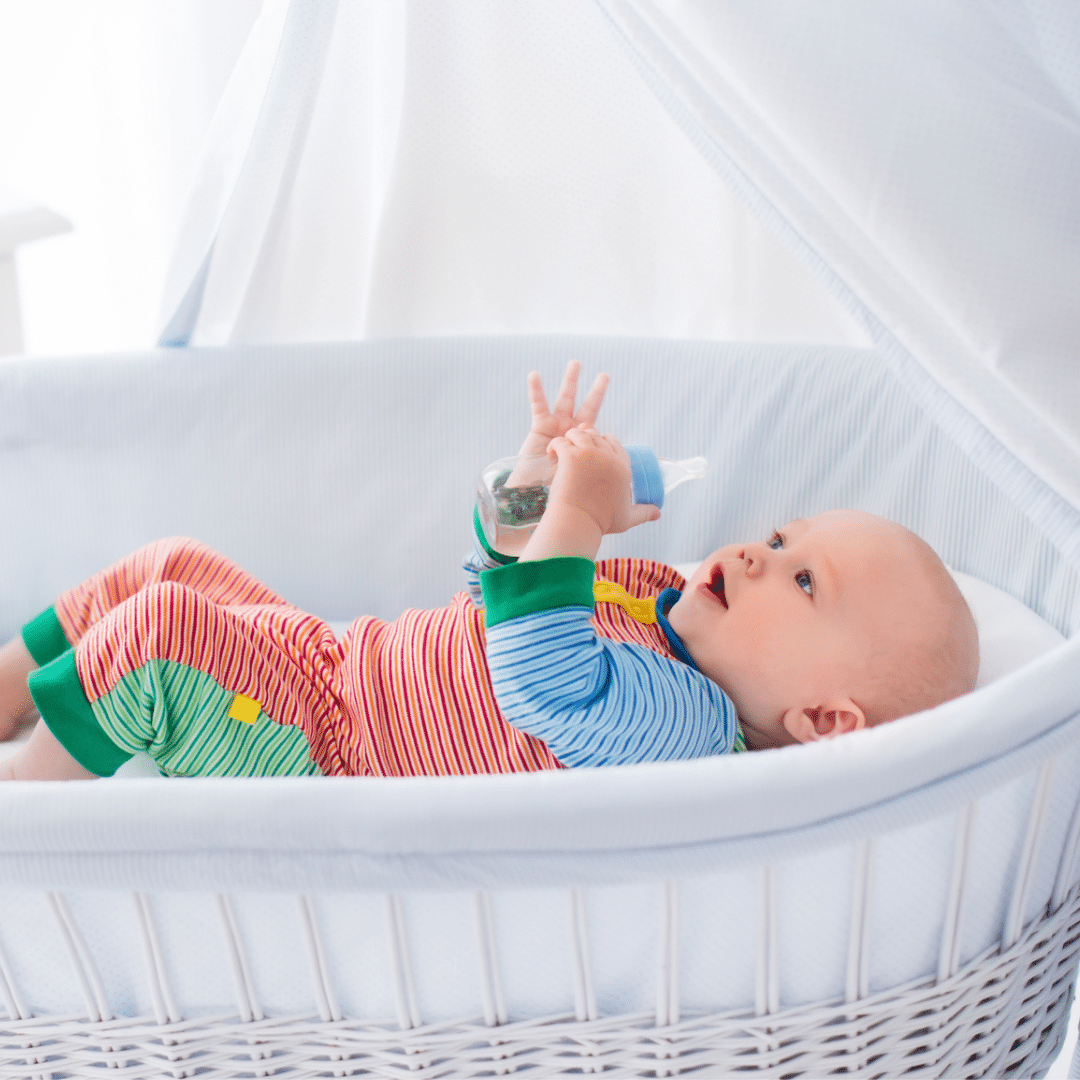Introduction: The Milestone Transition
The journey from bassinet to crib marks an exciting milestone in your baby’s growth and development. As a parent, recognizing when your little one has outgrown their cozy bassinet is crucial for ensuring their comfort and safety during sleep. This transition period can be bittersweet, as you bid farewell to the days of your infant snuggly fitting in their bassinet and welcome the new adventures that come with a larger sleeping space. In this comprehensive guide, we’ll explore the telltale signs that indicate it’s time to make the switch, discuss the benefits of upgrading to a crib, and provide tips on how to facilitate a smooth transition.
Sign 1: Physical Growth and Development
One of the most obvious indicators that your baby has surpassed the bassinet phase is their physical growth. Infants grow at an astonishing rate during the first year of life, and it doesn’t take long before they start feeling cramped in their once-spacious bassinet. You may notice your baby stretching out more during sleep or even bumping into the sides of the bassinet, which can disrupt their sleep cycle. When your child consistently reaches or exceeds the manufacturer’s recommended weight or length limit—typically around 15-20 pounds or when they begin to push up on hands and knees—it’s a clear sign that they’ve outgrown their current sleeping arrangements.
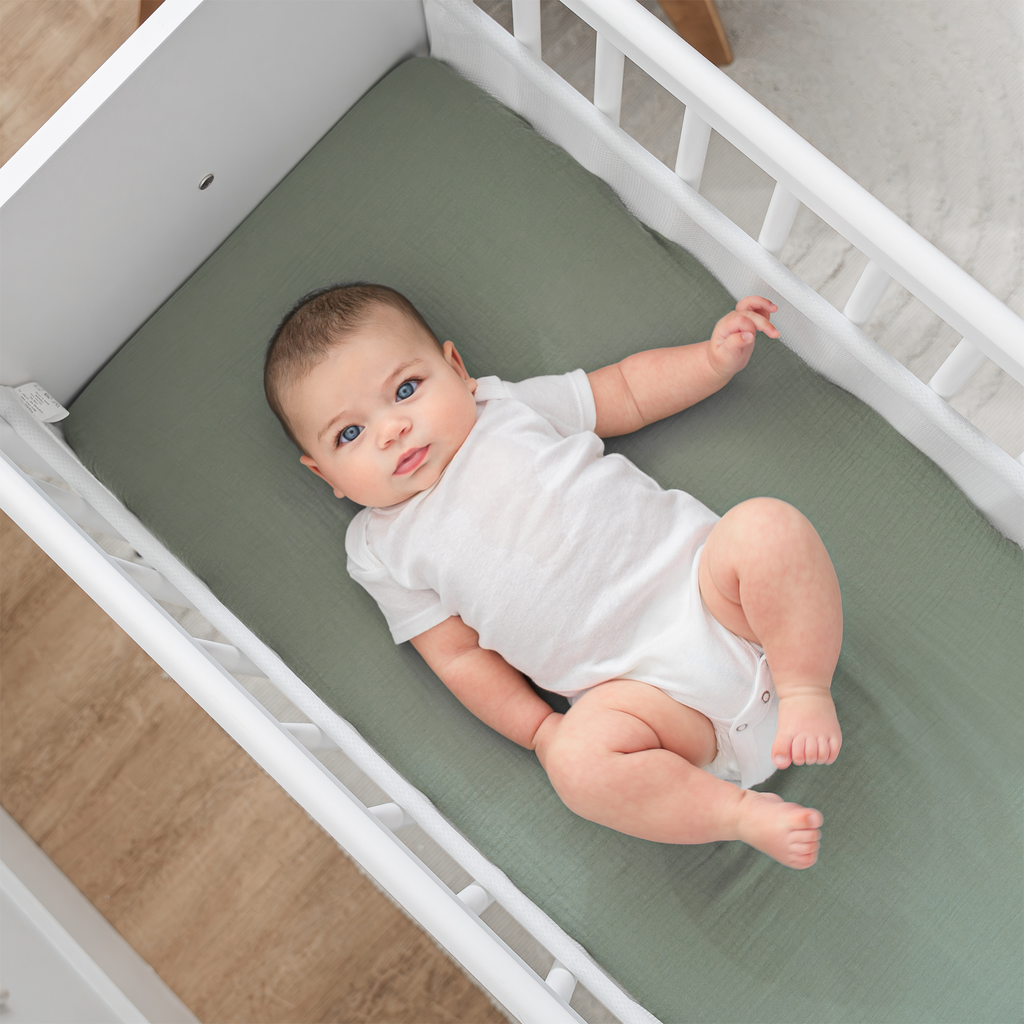
Sign 2: Increased Mobility and Active Sleep Patterns
As your baby grows, so does their ability to move. Rolling over, pushing up, and attempting to crawl are all thrilling milestones, but they also signal that the confines of a bassinet may no longer be safe. Active sleep patterns, including frequent position changes, can lead to your baby getting stuck or potentially toppling over the bassinet’s low sides. Moreover, an infant who has learned to pull themselves up could attempt to climb out, posing a significant risk of falling. If you observe these developments, it’s a strong indication that a crib with higher, fixed sides is necessary to support their newfound mobility safely.
Sign 3: Sleep Disruptions and Restlessness
Babies thrive on routine and consistency, especially when it comes to sleep. If you notice your little one becoming increasingly restless during naptime or overnight, it might not just be a phase. A bassinet that was once comforting may now feel restrictive, leading to disrupted sleep patterns. Persistent fussiness, difficulty settling down, or waking more frequently than usual can all stem from your baby feeling uncomfortable in a space that’s become too small. Upgrading to a crib, with its larger dimensions and room for growth, can significantly improve sleep quality and promote healthier sleep habits.
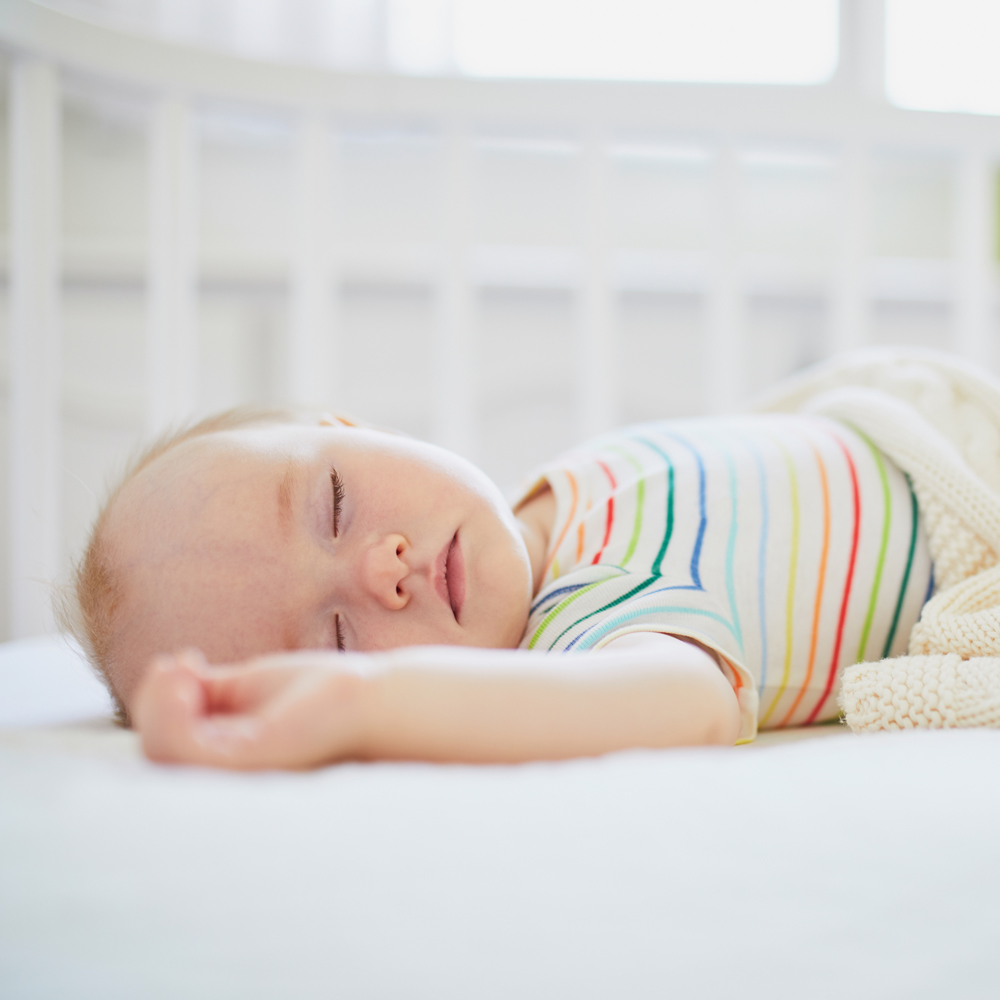
Sign 4: Need for Personal Space and Exploration
Around four to six months, babies start developing a sense of self-awareness and curiosity about their environment. This growing interest in exploration often extends to their sleeping space. A bassinet, by design, is intimate and cozy, but as your baby’s cognitive abilities expand, they may crave more personal space during downtime. Providing a crib allows them to stretch, roll, and even play a bit before drifting off to sleep, fostering independence and encouraging healthy emotional development. Recognizing this need for extra room to explore during waking moments and restful times is a subtle yet important cue that it’s time for a change.
Preparing for the Transition: Safety First
Before making the leap to a crib, it’s essential to ensure the new sleeping environment is safe and conducive to your baby’s needs. Invest in a sturdy crib that meets current safety standards, with slats no more than 2 3/8 inches apart to prevent entrapment hazards. Choose a firm, fitted mattress designed specifically for the crib model, and avoid adding pillows, blankets, or stuffed animals until your baby is at least one year old to reduce the risk of Sudden Infant Death Syndrome (SIDS). Installing a breathable crib liner can provide added protection against limb injuries without compromising airflow.
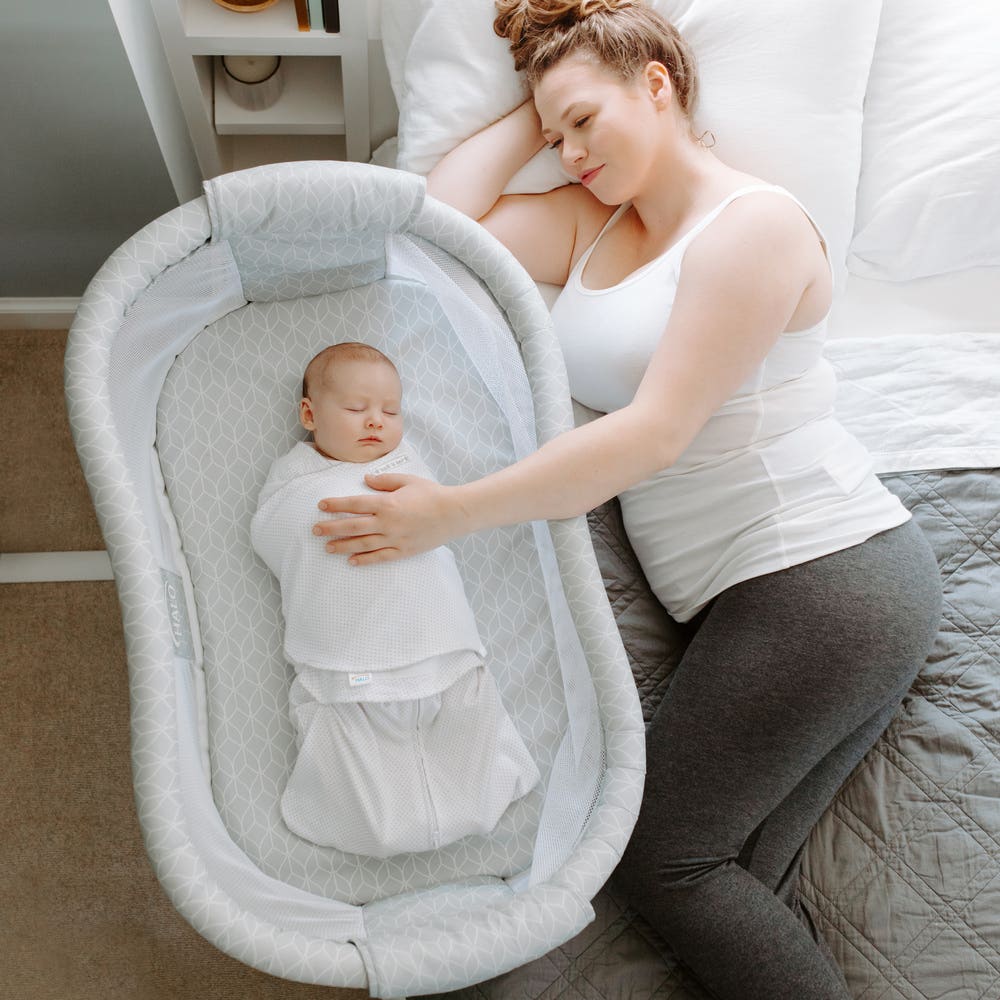
Creating a Familiar Sleep Environment
To ease the transition from bassinet to crib, maintain a sense of familiarity by replicating the sleep environment as closely as possible. Use the same bedding set, if compatible, and position the crib in a similar location to the bassinet, especially if it was near your bed for easy night-time care. Incorporate familiar sleep cues such as white noise machines, nightlights, or soothing lullabies to create a consistent bedtime routine. Engaging in calming pre-sleep rituals like reading stories or singing can also help your baby associate the new space with relaxation and sleep.
Patience and Persistence During the Adjustment Period
It’s not uncommon for babies to resist the change initially, as the unfamiliarity of the larger crib can be unsettling. Be patient and consistent with your approach, maintaining your established bedtime routine and offering reassurance through touch and voice if your baby wakes. Gradually, your little one will adapt to their new surroundings, learning to associate the crib with comfort and security. Remember, each baby adjusts at their own pace, so don’t be discouraged if the process takes a few nights or even weeks.
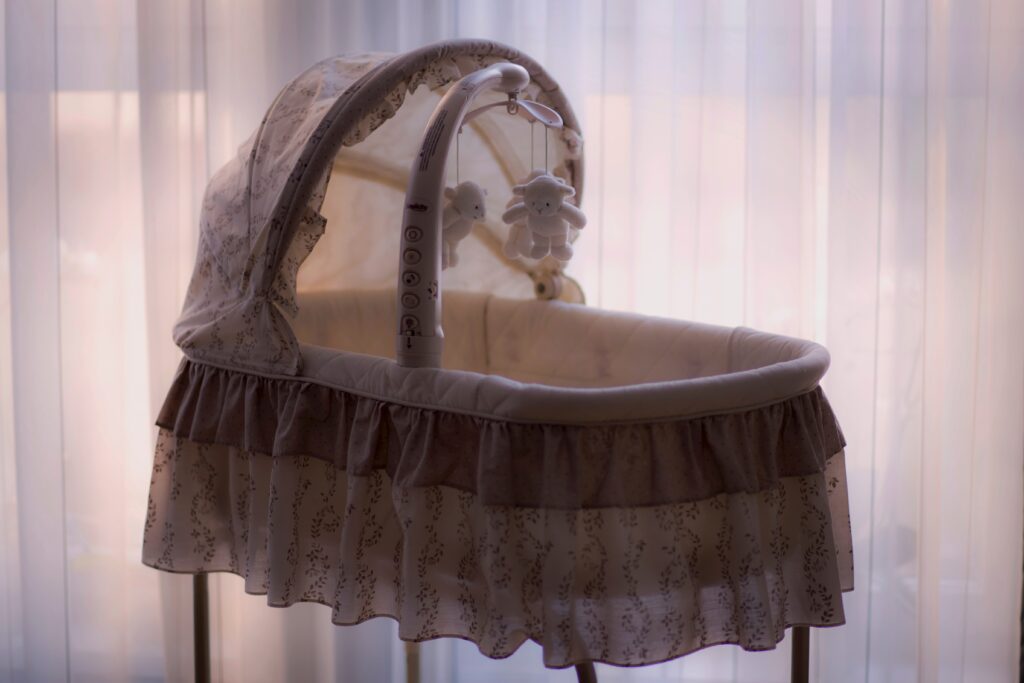
Enhancing Comfort and Security
Introducing a transitional object, such as a soft blanket or a lovey, can provide your baby with additional comfort during this period. Ensure the item is safe for sleep and introduce it gradually during the day before allowing it in the crib. This object can serve as a source of familiarity and security, especially during the challenging adjustment phase.
Daytime Exploration Encourages Nighttime
Acceptance Allow your baby to spend some supervised playtime in the crib during the day. This familiarization helps them view the crib as a positive space, not just associated with separation or sleep. Babies often respond well to positive experiences and will eventually link the crib with happy moments, facilitating an easier transition at bedtime.
Monitoring and Adjusting as Needed
As your baby grows and develops, continue to monitor their sleep habits and adjust the crib environment accordingly. This might involve raising the mattress level as they start pulling up, or removing any mobiles once they can stand to avoid entanglement hazards. Being attentive to these changes ensures the sleeping area remains safe and comfortable throughout their development stages.
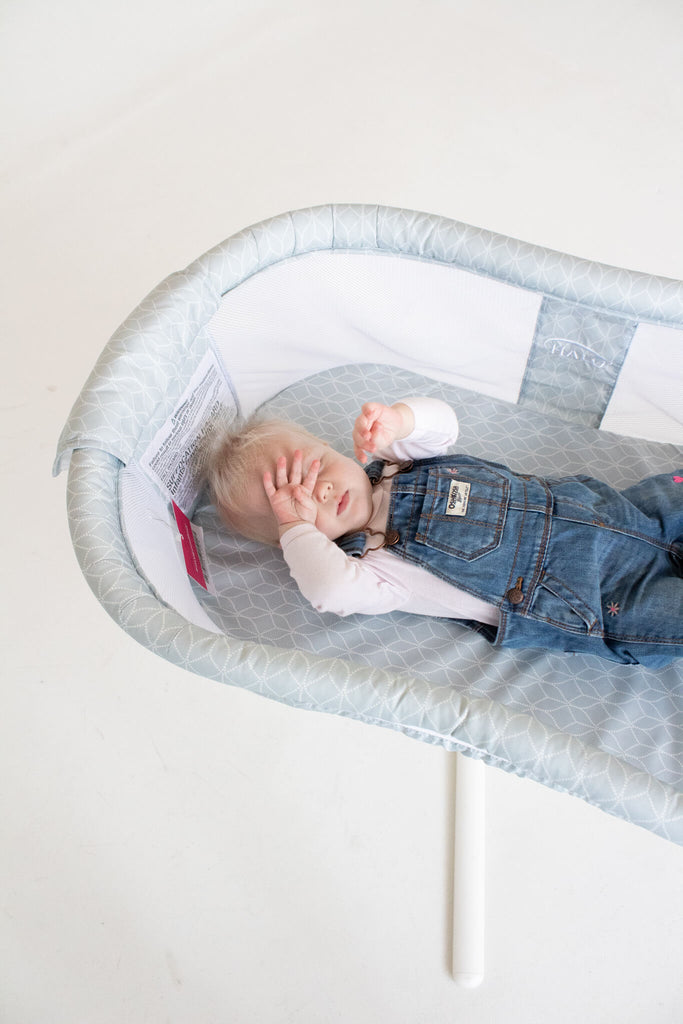
Consistent Sleep Schedule and Naps
Maintaining a consistent sleep schedule, including naptimes, is crucial during this transition. A predictable routine helps regulate your baby’s internal clock, promoting better sleep quality and aiding in the acceptance of the crib. If your baby is resistant to napping in the crib, you might begin with shorter nap periods there and gradually extend them over time.
Conclusion: Embracing the Next Chapter
The transition from bassinet to crib symbolizes not only your baby’s physical growth but also their progression towards greater independence. While it may evoke feelings of nostalgia, remember that this change paves the way for exciting developmental milestones and new family experiences. By recognizing the signs, prioritizing safety, and nurturing a familiar sleep environment, you can facilitate a smooth and positive transition, setting the stage for many peaceful nights ahead. As your baby thrives in their new crib, cherish the memories of the bassinet days while embracing the joys that come with every step of your parenting journey.
